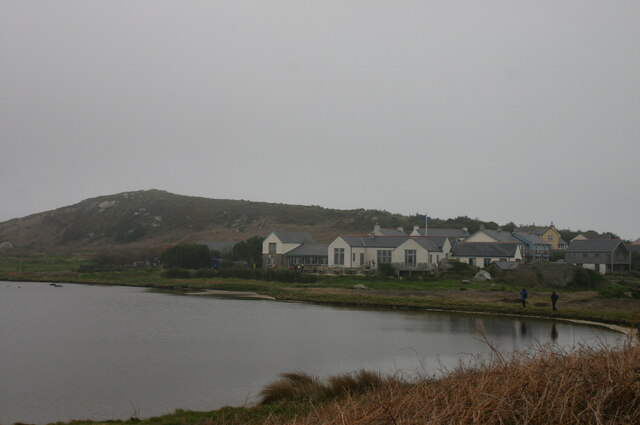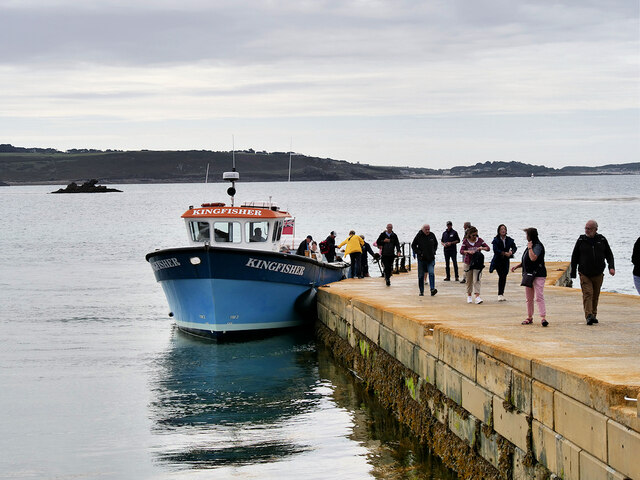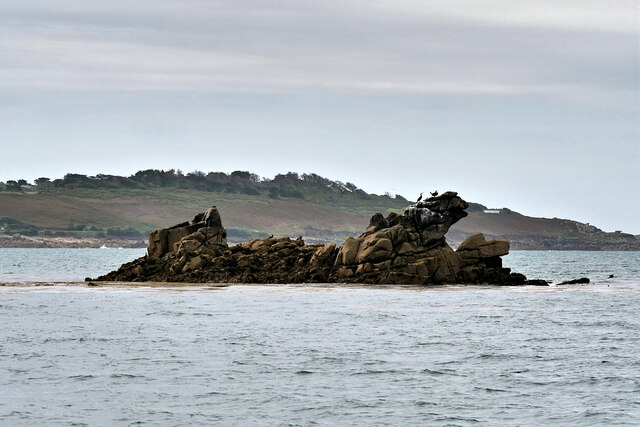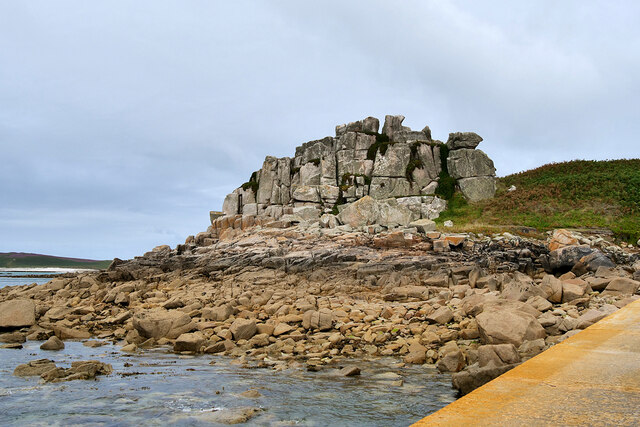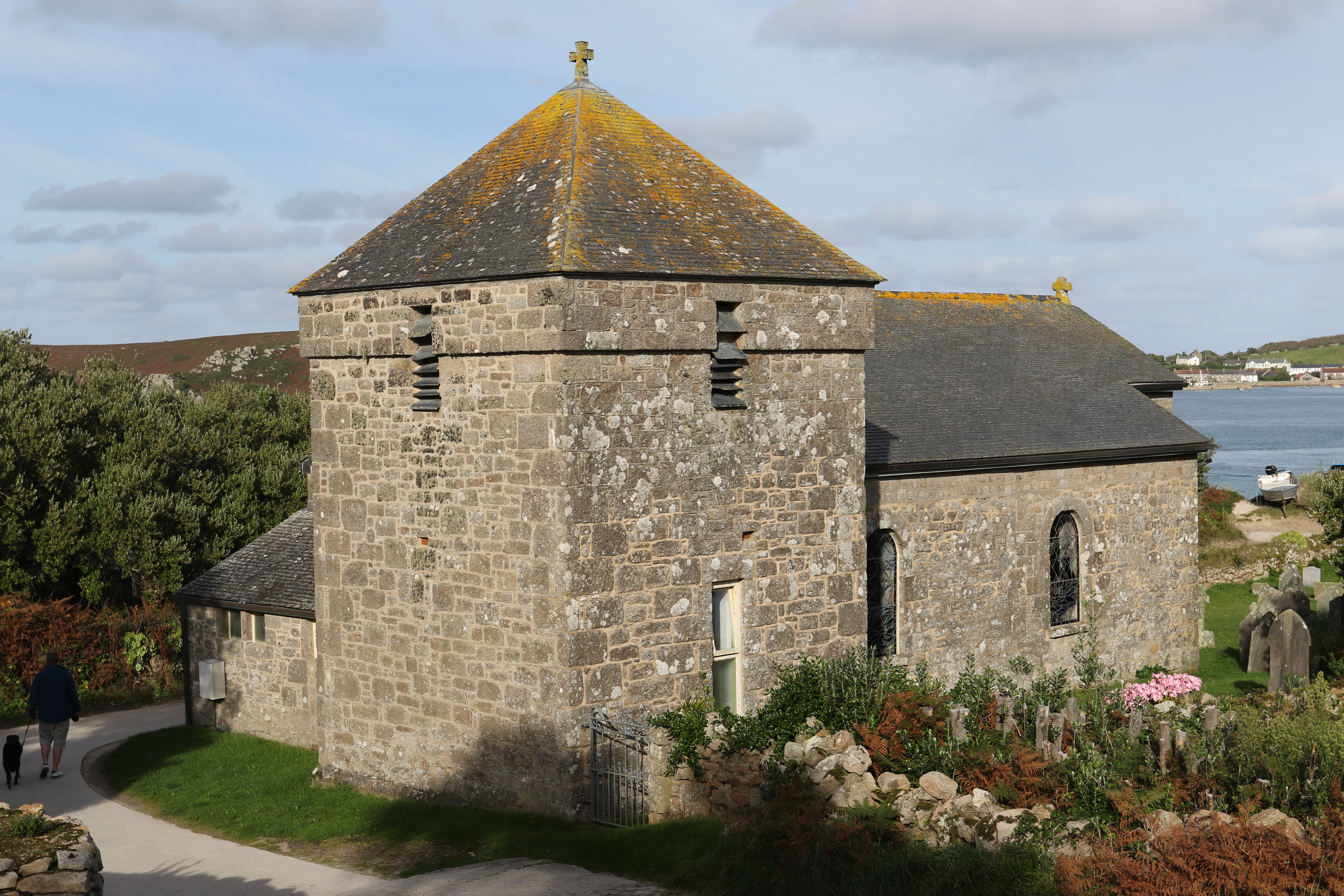Black Ledge
Coastal Feature, Headland, Point in Cornwall
England
Black Ledge

Black Ledge is a prominent coastal feature located in Cornwall, England. Situated on the southwestern tip of the county, it is classified as a headland or point, jutting out into the Atlantic Ocean. The headland is positioned between the popular tourist destinations of Portreath and Porthtowan, offering breathtaking views of the rugged Cornish coastline.
At approximately 60 meters in height, Black Ledge stands tall and imposing, with its sheer cliffs providing a natural barrier against the crashing waves below. The jagged rocks and steep slopes create a dramatic landscape that attracts nature enthusiasts and photographers alike.
The headland is characterized by its unique geology, showcasing a combination of hard granite and softer rock formations. This geological composition has led to the formation of intricate caves and arches along the coastline, adding to the area's beauty and intrigue. These caves are home to a diverse range of marine wildlife, making it a popular spot for snorkeling and diving enthusiasts.
Black Ledge is also known for its rich history. It was once a strategic lookout point, providing a vantage point for spotting incoming ships and potential invaders. The remnants of ancient fortifications can still be seen on the headland, reminding visitors of its past significance.
In addition to its natural and historical attractions, Black Ledge offers visitors a range of recreational activities. The headland is a popular spot for coastal walks, offering stunning panoramic views of the surrounding area. It is also a renowned destination for birdwatching, with various species of seabirds nesting in the cliffs.
Overall, Black Ledge is a captivating coastal feature that showcases the natural beauty and rich history of Cornwall. Its dramatic cliffs, geological formations, and recreational opportunities make it a must-visit destination for both locals and tourists.
If you have any feedback on the listing, please let us know in the comments section below.
Black Ledge Images
Images are sourced within 2km of 49.935496/-6.3484746 or Grid Reference SV8812. Thanks to Geograph Open Source API. All images are credited.













Black Ledge is located at Grid Ref: SV8812 (Lat: 49.935496, Lng: -6.3484746)
Division: Isles of Scilly
Unitary Authority: Isles of Scilly
Police Authority: Devon and Cornwall
What 3 Words
///clubs.boils.flamingo. Near Bryher, Isles of Scilly
Nearby Locations
Related Wikis
Nearby Amenities
Located within 500m of 49.935496,-6.3484746Have you been to Black Ledge?
Leave your review of Black Ledge below (or comments, questions and feedback).
